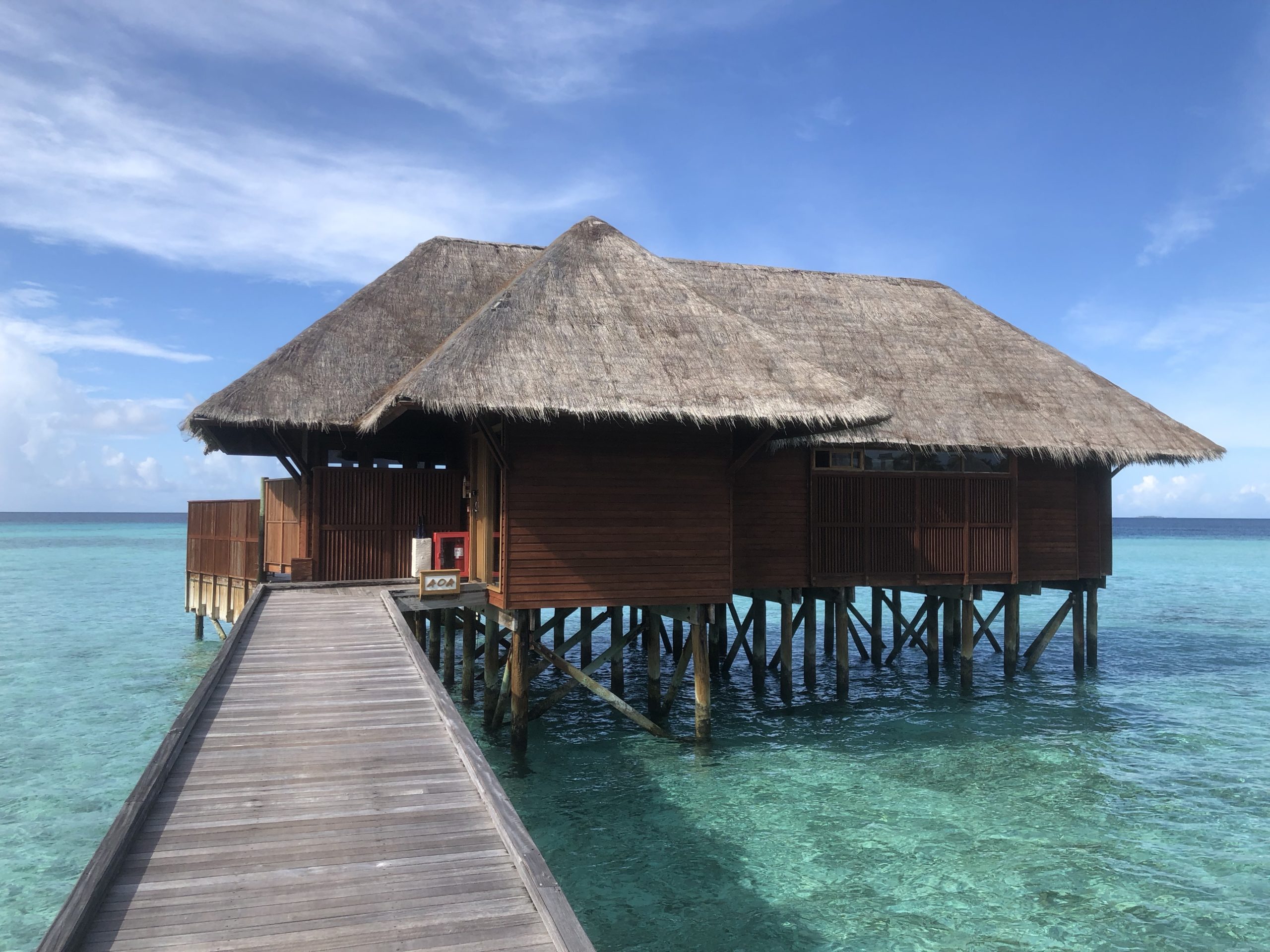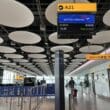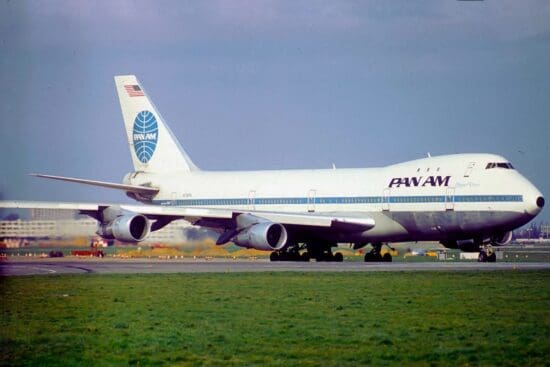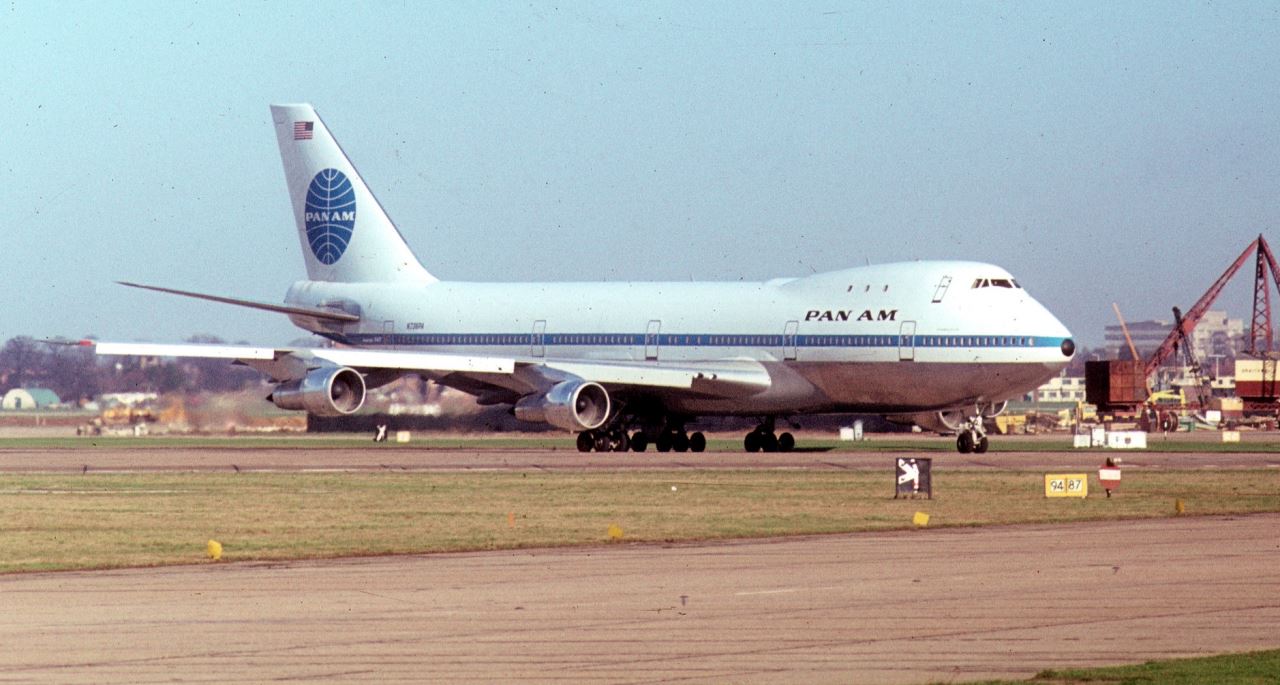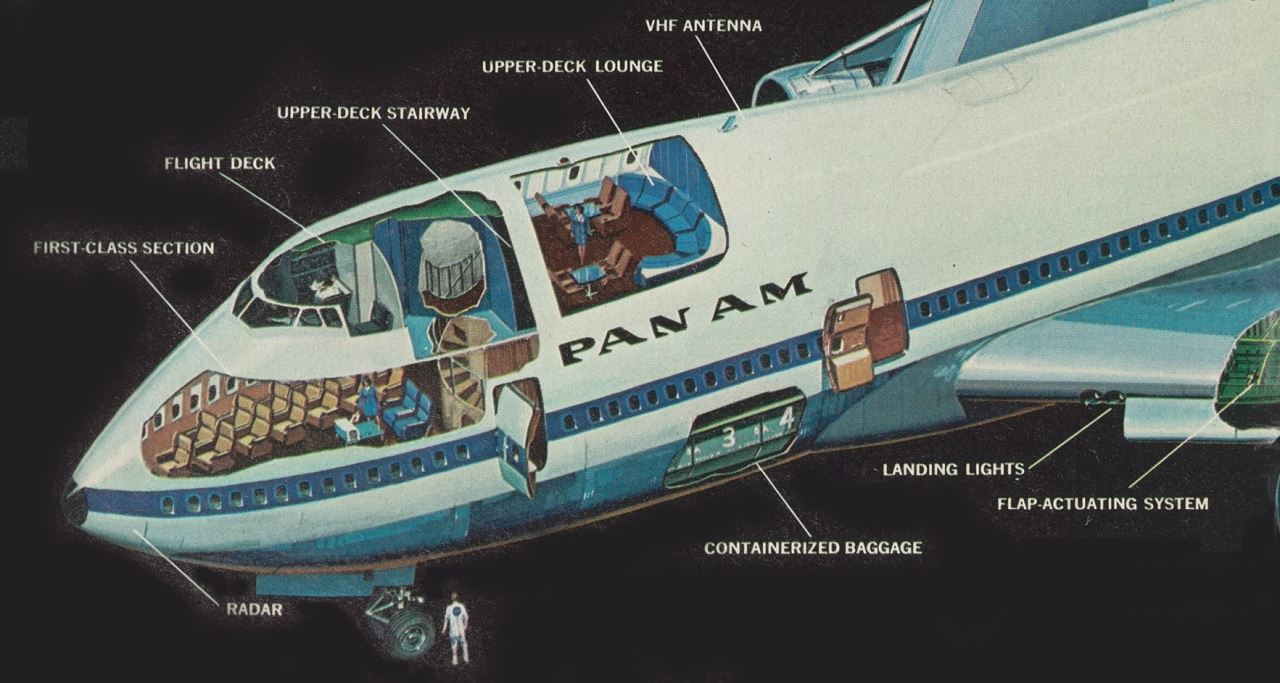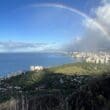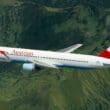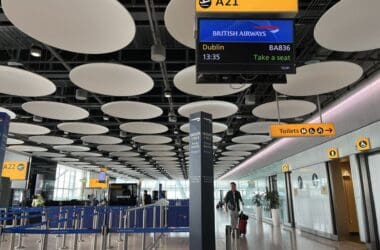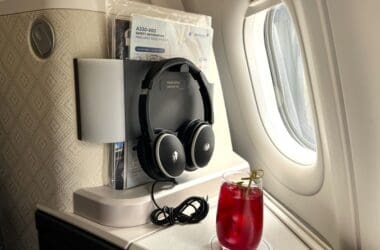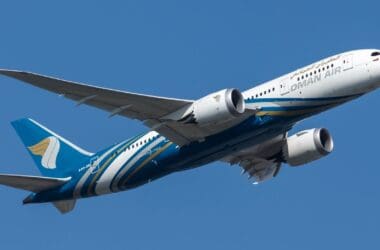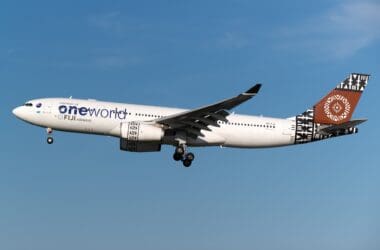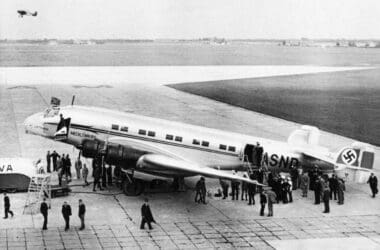The Boeing 747 and Pan American are intrinsically linked, as there would have been no jumbo jet without the airline. The image of a Pan Am Boeing 747 is pretty iconic in aviation and without exaggeration it helped revolutionise travel.
Up until the advent of this aircraft, air travel was largely for the well-to-do and business people. The increase in capacity offered by 747 and others like it meant lower ticket prices, bringing flying to the masses.
Inaugural Pan Am Boeing 747 Service
21 January 1970 is the day Clipper Young America, registered N735PA, was due to operate the first Pan Am Boeing 747 service. Unfortunately the Pratt & Whitney engines experienced teething problems so the flight could not proceed.
Since this was such a major event, it was not an option to cancel the flight. Enter the replacement aircraft, another Boeing 747-121, which was hastily renamed Clipper Young America for the occasion.
Once the hoopla was over, the replacement aircraft, N736PA, was reverted back to its usual name, Clipper Victor. All Pan Am aircraft were named Clipper something or other, after the airline’s first flying boats in the 1930s which themselves had been named after the fast 19th century clipper sailing ships.
The First Boeing 747 Baby
It is a fact that sometimes babies are born on board during flight, no doubt eliciting a PA over the intercom asking if there is a Doctor on board. This happened on board Clipper Victor in February 1970.
A Visit From Fidel Castro!
There were a lot of aircraft hijackings around the time the Pan Am Boeing 747 went into service. Between 1968 and 1972, there were 326 aircraft hijack attempts, with the hijackers wanting to go to Cuba in 90 of those cases. Airport security as we know it today was clearly not yet in place.
On 2 August 1970, Clipper Victor was scheduled to operate a redeye from New York JFK to San Juan as PA299. A passenger in First Class produced a gun and a bottle of explosives and demanded to be flown to Cuba.
Captain Augustus Watkins showed Fidel around the plane during its 52 minutes on the ground, before they buttoned up and headed back to Miami to refuel before heading to San Juan. In an interesting turn of events, even the Captain’s wife was on board that day.
Tenerife Tragedy
The world’s worst air disaster occurred on 27 March 1977 at Los Rodeos Airport (now Tenerife North) at Tenerife in the Canary Islands. Two Boeing 747s, one operated by KLM and the other being Clipper Victor, collided on the runway in thick fog.
Overall Thoughts
It was a chequered career for the Pan Am Boeing 747 registered N736PA and named Clipper Victor. From operating the first service, to the first baby and first hijacking to being involved in the world’s worst air disaster in just seven short years.
The jumbo jet went on to have enormous success for Boeing in various iterations over the years. Today the latest and final version is the Boeing 747-8 intercontinental, in service with Lufthansa, Korean Air and Air China.
Pan American unfortunately did not survive – as one commentator wrote, “everything that could go wrong, did go wrong”. The airline finally shut down on 4 December 1991, ending the story of one of the most famous airlines to ever exist.
Did you know the full story about Clipper Victor? What do you think? Thank you for reading and if you have any comments or questions, please leave them below.
Like planes? See my “Does anyone remember” series.
Flight reviews your thing? Mine are all indexed here.
Follow me on Facebook, Twitter and Instagram.
Featured image by Paul Seymour on AirHistory.net
Original livery by Aero Icarus on Flickr via Wikimedia Commons.
Black and White shot by Rob Russell on Flickr via Wikimedia Commons.
Cabin via FlyPanAm on Twitter.
Cutaway via University of Miami Libraries.

